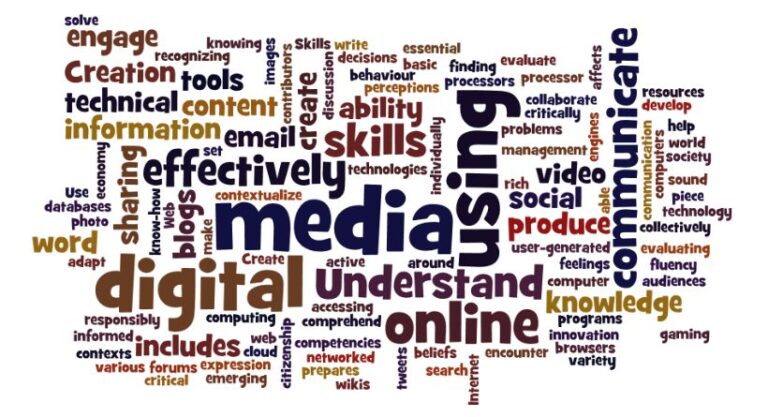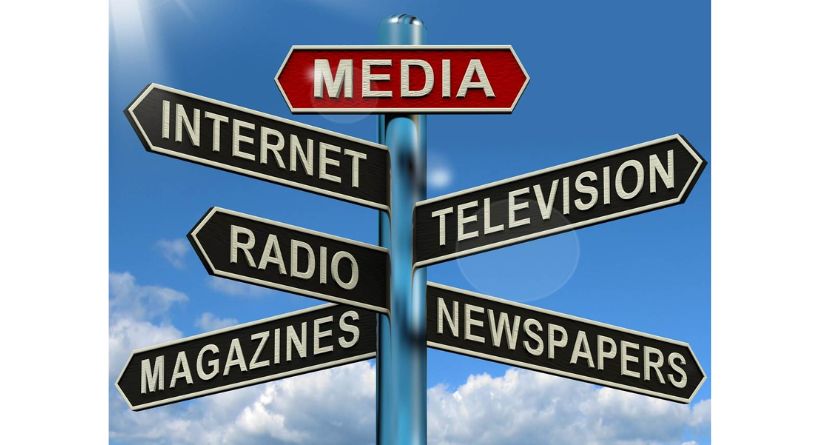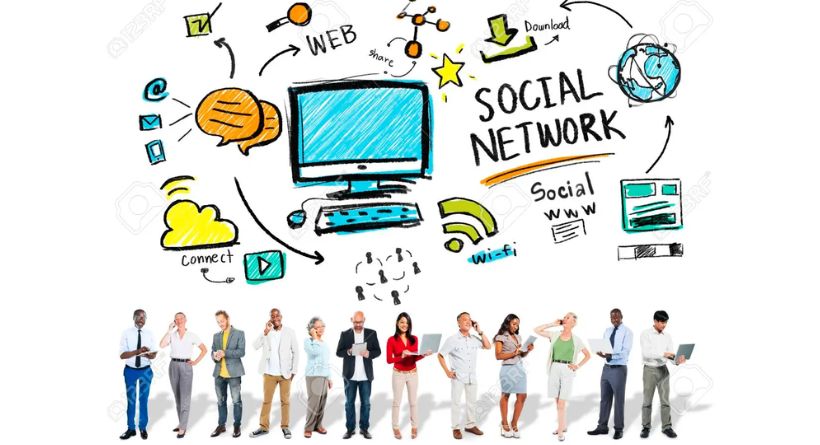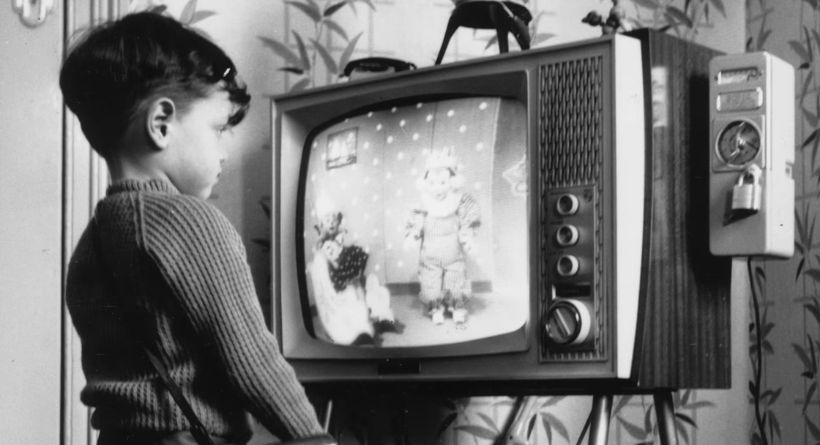The communication channels via which we communicate news, music, entertainment, education, promotional messages, and other data are referred to as media, which is the plural of the word medium. It comprises print and digital newspapers, magazines, billboards, radio, television, the Internet, fax machines, and telephone.
It explains the numerous channels society uses for communication. As it encompasses all forms of communication, the term “media” may be used to describe anything from a phone conversation to the nightly news on television.
Mass media is a term used to describe a method of communicating with a very broad audience. Local media includes things like your neighborhood newspaper and local/regional radio/TV stations.
Formerly, TV, radio, newspapers, and magazines were the only sources of news and entertainment. Today’s world is being replaced by the Internet. Due to the annual transition of hundreds of millions of people to online news sources, print newspapers are faltering.
Many Forms Of Media
Print and broadcast are the two primary divisions of the media. Since an ever-increasing number of people across the world access news, movies, and other content online, the Internet has also emerged as a key role.
Publications of various kinds, such as newspapers, journals, magazines, books, and reports, are considered to be part of print media. Although it has suffered with the advent of the Internet, it is the oldest variety and is still utilized by a significant section of the population.
Radio and television, which first appeared at the start and middle of the 20th century, respectively, are examples of broadcast media. Although the majority of people currently acquire their news through TV and radio programs, experts believe it won’t be long until internet sources take over.
Also Read More At: Play N Watch
The significance of television news has increased over the past 20 years.
As more and more people turn to the Internet for news, entertainment, and education, websites and blogs are quickly becoming viable and significant means of communication. In business, “viable” indicates having a long history of profitability.
Almost every aspect of the Internet has been transformed into a communication tool; for example, the majority of free email services contain little boxes that show messages and advertisements.
It wasn’t until the 1990s that the Internet as we know it today really took off. Compared to now, when over 49% of people on the planet are online, only 1% were in 1995. When the military and scientists were concerned about a missile assault that may disable the telephone system in the 1960s in the USA during the Cold War, the idea for the Internet first emerged.
Theoretical physicist Stephen Hawking, a British author, cosmologist, and director of research at the Centre for Theoretical Cosmology at the University of Cambridge, once said: “There is really a continuous range of abilities with no clear dividing line. The media need superheroes in science just as in every sphere of life.”
What are social networks?
Social media is a group of online communication platforms that allow for community interaction, content sharing, and collaboration.
Social media includes, but is not limited to, websites and apps for social networking, microblogging, forums, social bookmarking, wikis, and social curating.
Facebook, Twitter, Google+, and Instagram are the most well-known social networking platforms.
Just twenty-one years ago, very few people across the world knew what the Internet was.
It is now a component of our life. It will eventually overtake all other communication channels to take the top spot.
Are Media, or is it?
The verb that comes after media should be in the plural form, right? Since media is the plural form of medium, then one would assume that it should be used correctly.
Yet, it is regarded as a collective singular in most literature, much like other collective nouns like “team” or “gang,” and is used as a single noun. Hence, it is completely permissible to write that “the media is” nowadays. Even if some may say it is incorrect, it is nonetheless permissible because languages are always changing.
Collins Dictionary defines media as:
“Communication channels that are accessible to a big audience, such radio, television, and newspapers.”
All of this began thousands of years ago.
Several tens of thousands of years ago, when our prehistoric predecessors painted on the cave walls, human communication began through intentional channels rather than by words or gestures.
The almost 17,000-year-old cave paintings at Lascaux in southwest France are just as relevant examples of media today as our modern TV shows and periodicals.
The Persian Empire, which existed from around 550 to 330 BC, had a significant impact on the development of planned routes for human communication. The first true mail system was created by the Persian Emperor Cyrus the Great (about 550 BC).
It was an effective intelligence-gathering apparatus, called Angariae, a term that later indicated a tax system.
In the 1830s, Thomas Carlyle (1795–1881), a Scottish philosopher, satirist, essayist, historian, and teacher, asserted that the printing press was responsible for the creation of the modern world by eradicating feudalism. According to many historians, the invention of the printing press marked the beginning of what we now refer to as the media.
Marshall McLuhan (1911–1980), a Canadian academic, philosopher, and public intellectual, used the term “media” in relation to communication channels for the first time when he said: “The media are not toys; they should not be in the hands of Mother Goose and Peter Pan executives. As art genres, they can only be trusted to emerging artists.
The word became widely used in the United States, Canada, and the United Kingdom by the middle of the 1960s.










